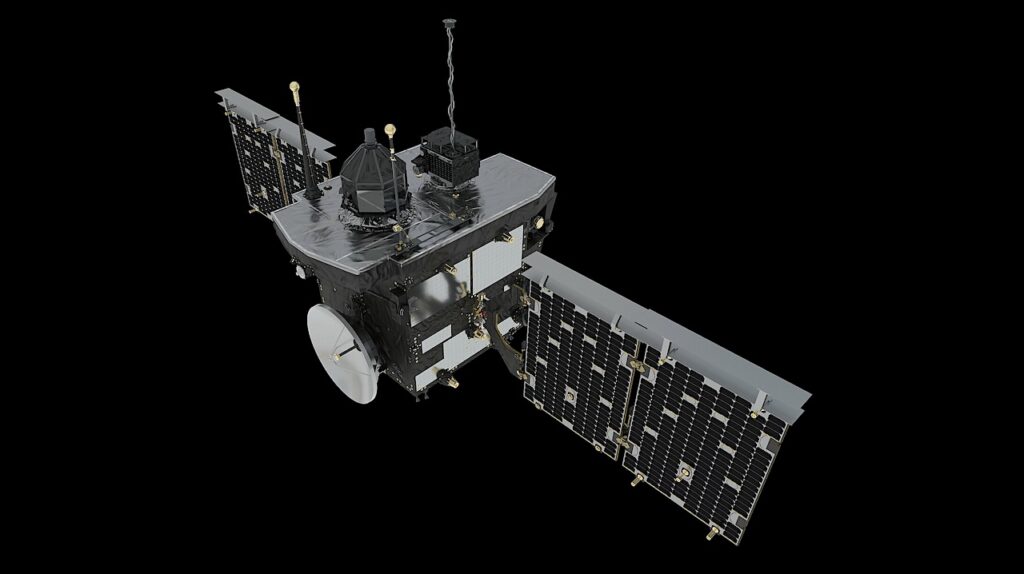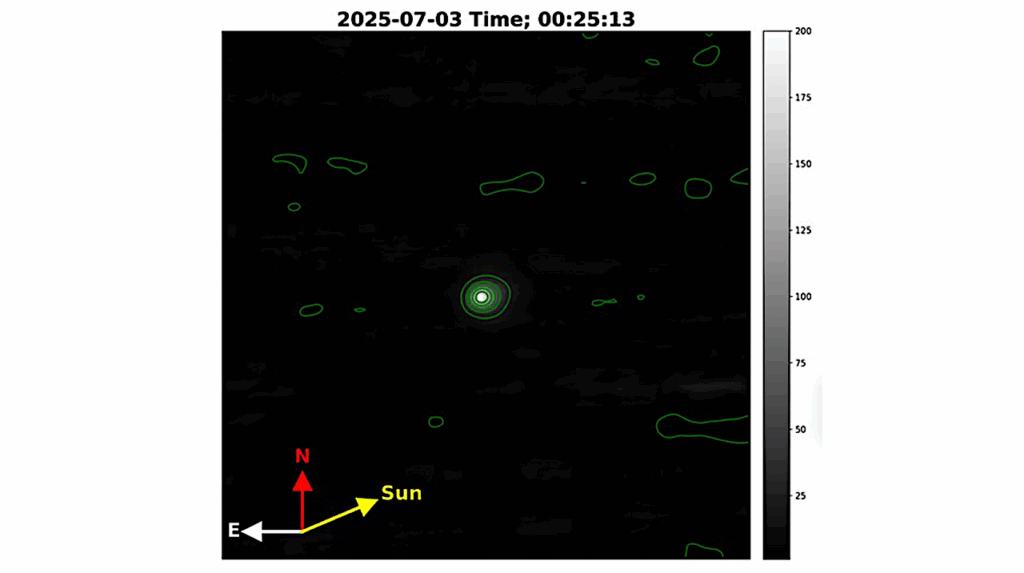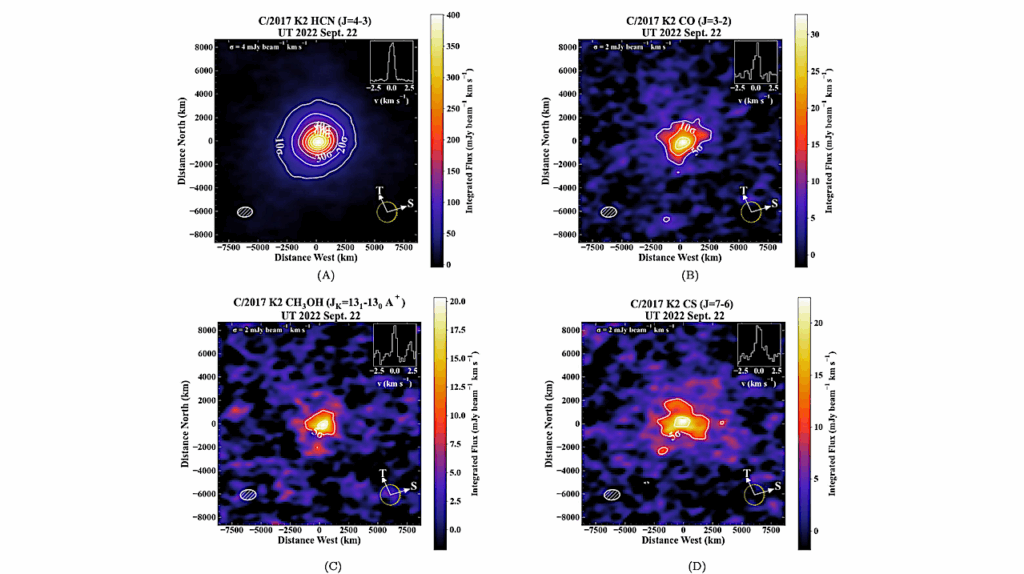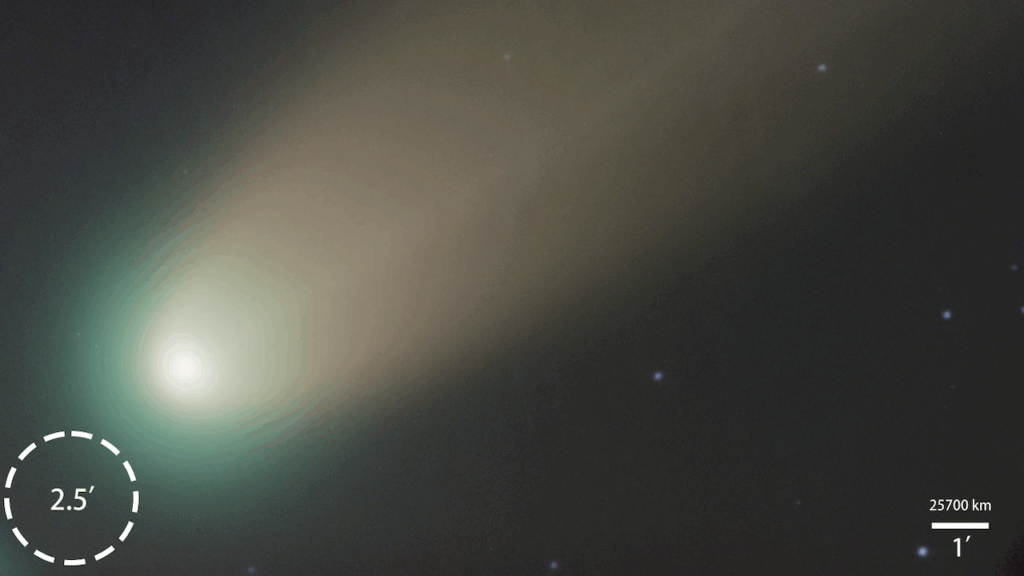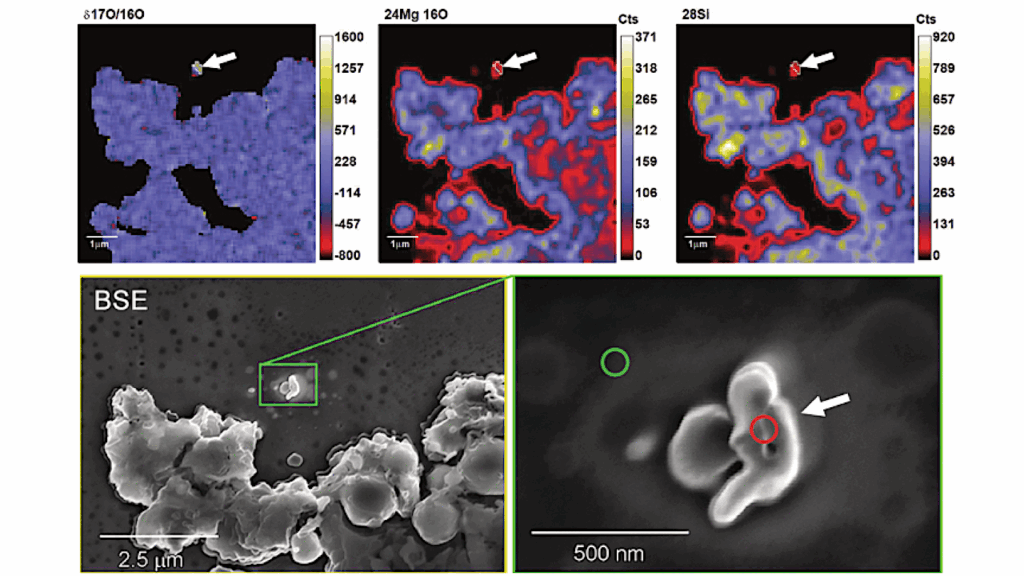The Impact Of Cometary Impacts On The Chemistry, Climate, And Spectra Of Hot Jupiter Atmospheres

Impacts from icy and rocky bodies have helped shape the composition of solar system objects, for example the Earth-Moon system, or the recent impact of comet Shoemaker-Levy 9 with Jupiter. It is likely that such impacts also shape the composition of exoplanetary systems.
Here we investigate how cometary impacts might affect the atmospheric composition/chemistry of hot Jupiters, which are prime targets for characterisation. We introduce a parametrised cometary impact model that includes thermal ablation and pressure driven breakup, which we couple with the 1D `radiative-convective’ atmospheric model ATMO, including disequilibrium chemistry. We use this model to investigate a wide range of impactor masses and compositions, including those based on observations of Solar System comets, and interstellar ices (with JWST).
We find that even a small impactor (R = 2.5 km) can lead to significant short-term changes in the atmospheric chemistry, including a factor >10 enhancement in H2O, CO, CO2 abundances, and atmospheric opacity more generally, and the near complete removal of observable hydrocarbons, such as CH4, from the upper atmosphere. These effects scale with the change in atmospheric C/O ratio and metallicity. Potentially observable changes are possible for a body that has undergone significant/continuous bombardment, such that the global atmospheric chemistry has been impacted.
Our works reveals that cometary impacts can significantly alter or pollute the atmospheric composition/chemistry of hot Jupiters. These changes have the potential to mute/break the proposed link between atmospheric C/O ratio and planet formation location relative to key snowlines in the natal protoplanetary disc.
Felix Sainsbury-Martinez, Catherine Walsh
Comments: Accepted for publication in ApJ
Subjects: Earth and Planetary Astrophysics (astro-ph.EP)
Cite as: arXiv:2402.05509 [astro-ph.EP] (or arXiv:2402.05509v1 [astro-ph.EP] for this version)
Submission history
From: Felix Sainsbury-Martinez
[v1] Thu, 8 Feb 2024 09:39:42 UTC (10,150 KB)
https://arxiv.org/abs/2402.05509
Astrobiology



